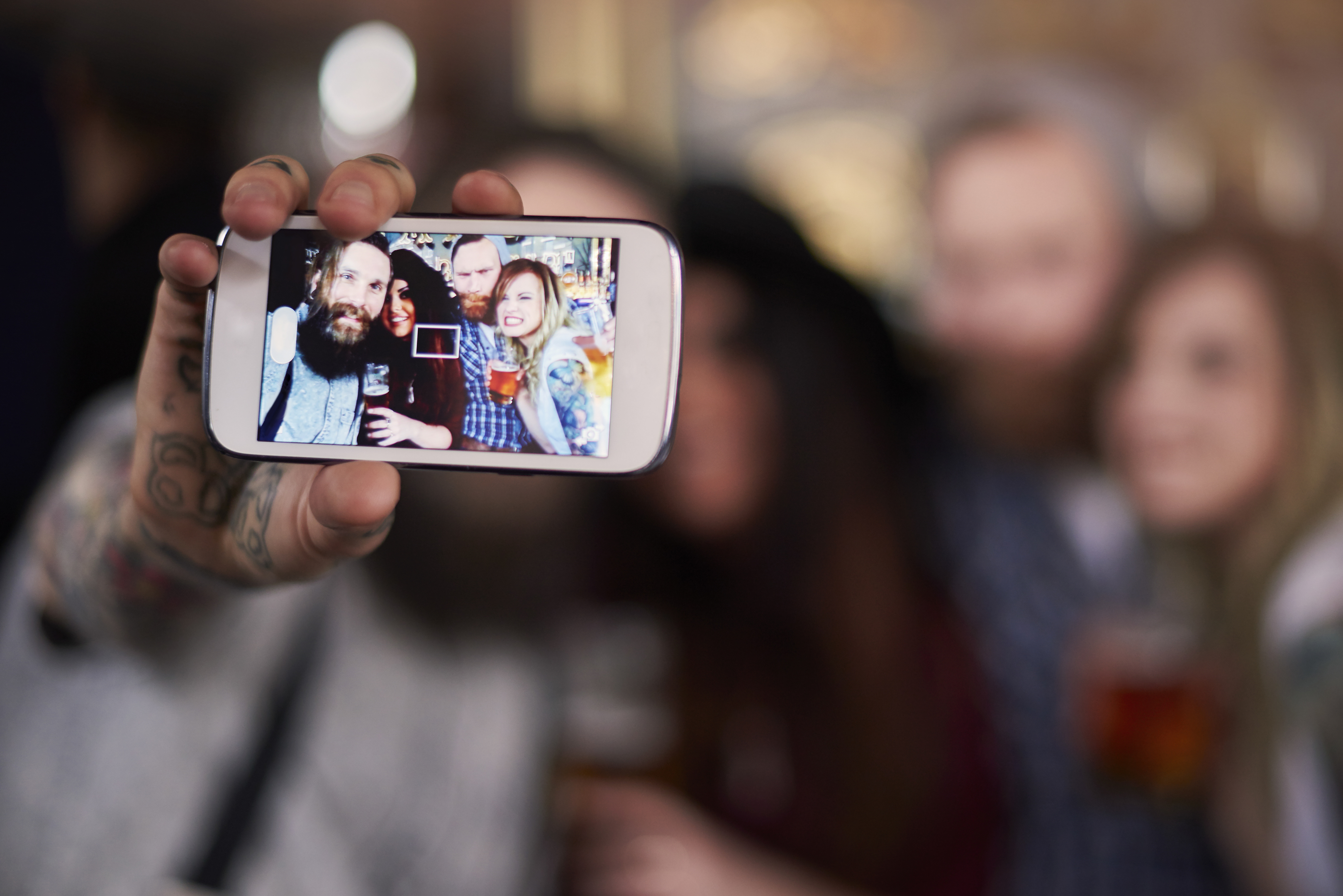
IMAGE-CONSCIOUS youngsters are taking up to 20 selfies before settling on the perfect picture to make their lives “look more interesting”, a survey has found.
The Ofcom Communications Market Report 2017 found people feel pressure to look good online, with social media users taking an average of six selfies before selecting the best one to upload.
The survey of 1,020 people found that 16% said they mostly posted pictures of themselves online, with over one-third (34%) of young people aged 18-24 identifying a selfie as their preferred post.
Ian Macrae, Ofcom director of market intelligence, said the rise in young people posting images online directly correlates with the increasing popularity of image-dominated apps such as Snapchat and Instagram, which are most popular among that age group.
He said young people are therefore becoming increasingly concerned with portraying themselves in the best light in order to gain approval, through likes, shares and retweets, for the photos and videos they post online.
Nearly half of all selfie-posters surveyed said that they felt under pressure to look good online (47%), while 71% of respondents – rising to 77% of those aged 18-24 – thought it was important to them to look their best in any selfie they post.
Some 27% of people also admitted uploading photos to social media in order to make their lives “look more interesting than it is”.
Half of the selfie-takers also confessed to spending time editing their images with filter options or beautifying apps before posting them online.
But, despite believing that their own selfies are an accurate representation of themselves, young people often feel that other users’ photos provide a rose-tinted view of their lives.
This is having a negative effect on some young people, with over half of those surveyed admitting that looking at other people’s pictures has “sometimes” or “often” left them feeling their lives do not compare to those of other users, the research found.
As a result, some young people resort to deleting selfies from their profiles if they do not get enough likes or retweets, or untagging and dissociating themselves from others’ photos and posts.

Enjoy the convenience of having The Sunday Post delivered as a digital ePaper straight to your smartphone, tablet or computer.
Subscribe for only £5.49 a month and enjoy all the benefits of the printed paper as a digital replica.
Subscribe